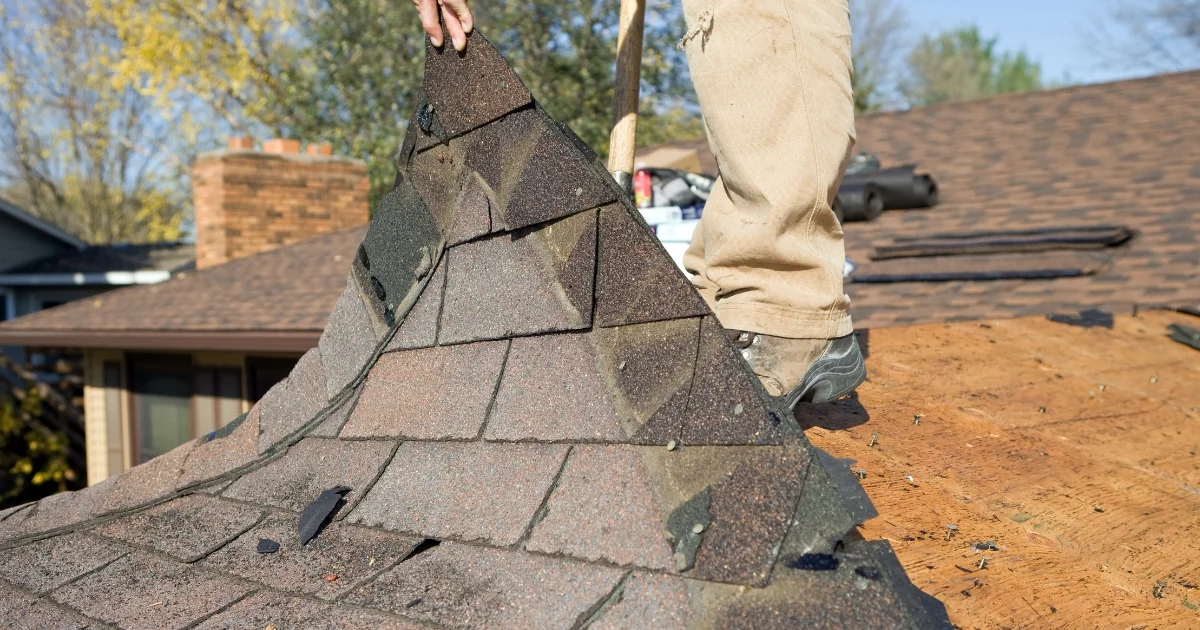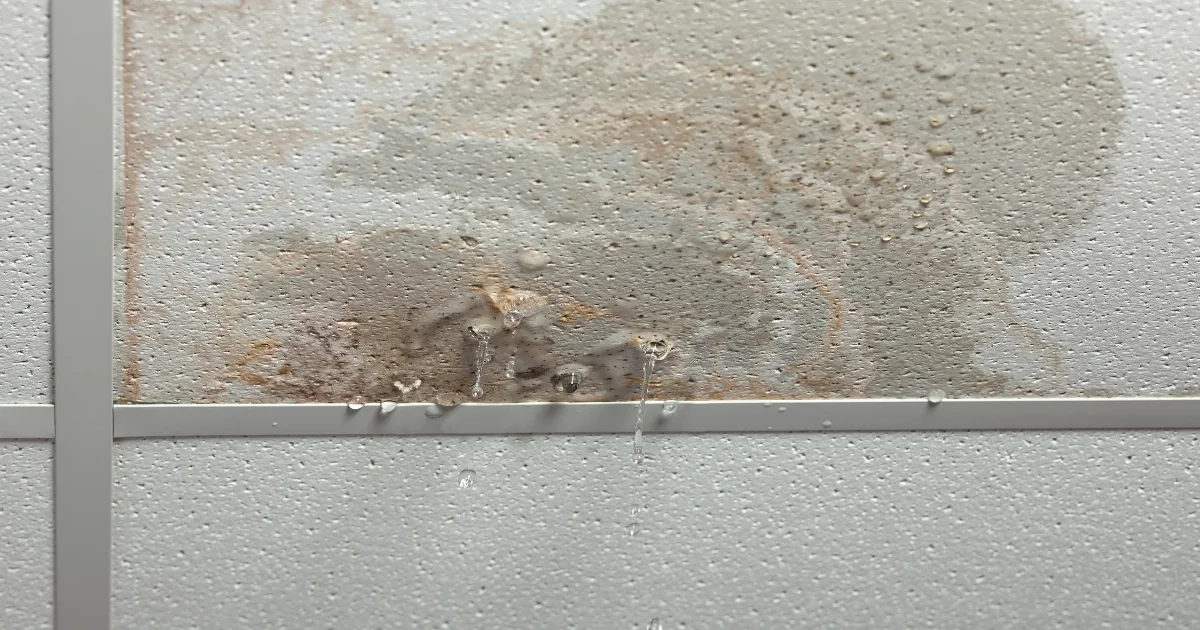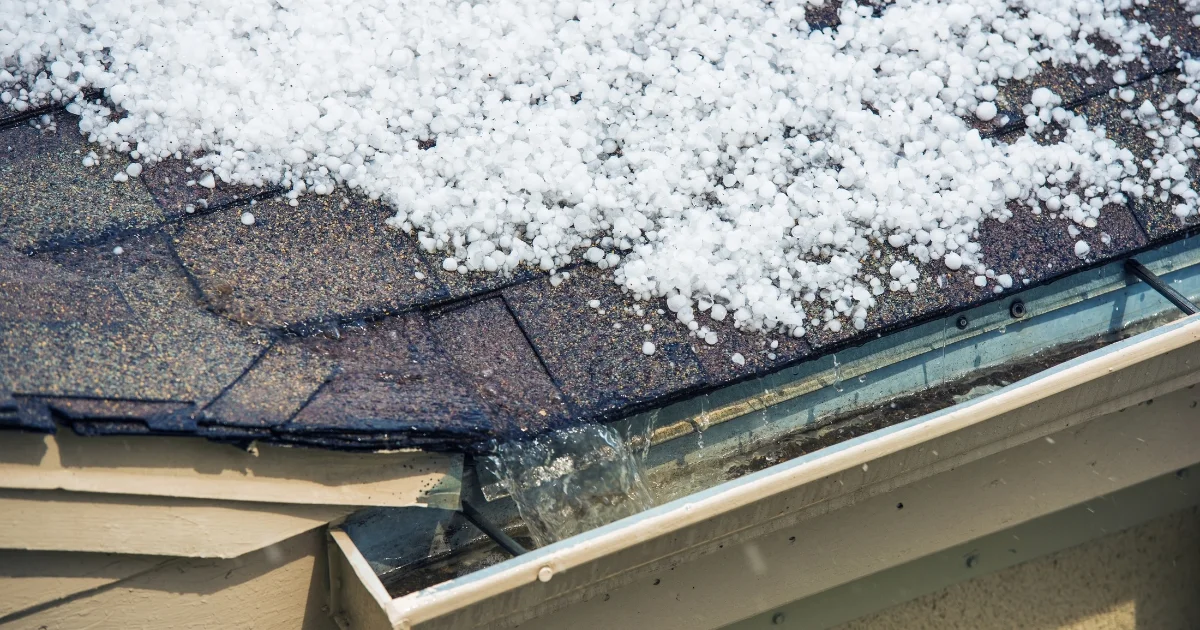
Most homeowners forget about their roof until problems start. The sudden drip from your ceiling? That's not just a minor inconvenience — it's a warning that damage has already spread throughout your home's protective barrier and into structural components.
Knowing the signs your roof needs an upgrade saves headaches and prevents thousands in avoidable damage. Though roof replacement costs money upfront, waiting until disaster strikes will empty your wallet faster than planning ahead. Water damage moves quickly, ruining insulation, drywall, and even your foundation if left unchecked.
Want to protect your home?
Let’s explore these ten warning signs that will prepare you to identify if your oof needs attention, before small problems become big ones.
1. Your Roof Is Over 20 Years Old
Every roofing material has a ticking clock, regardless of quality. Lifespans vary dramatically depending on what covers your home:
Asphalt shingles last about 20–25 years before failing.
Metal roofing protects for 40–70 years with proper care.
Slate or tile can shelter your home for 50+ years when installed correctly.
Not sure about your roof's age? Dig through home records, ask previous owners, or check building permits. If history remains mysterious, roofing experts can estimate age from wear patterns and installation techniques unique to different decades. Knowing when to replace your roof is key to stopping the cascade of problems waiting to happen. Today's materials also perform better against weather extremes and improve energy efficiency compared to products from decades past.
2. Missing, Curling, or Cracked Shingles
Think of shingles as your home's armor against nature's attacks. When that armor fails, trouble follows close behind.
After storms or seasonally, look for these roof replacement signs:
Edges curling upward or "cupping" in the middle
Cracks running through shingle surfaces
Empty patches where shingles have blown away
Fragments of roofing material cluttering your yard or gutters
These problems mean your roof's protective layer has weakened. Water sneaking past this barrier damages underlayment, wooden decking, and eventually your home's interior. Just a few compromised shingles create entry points that expand with each rainfall.
3. Granules in Your Gutters
Look closely at asphalt shingles and you'll notice tiny granules embedded in the surface. These protect against harsh sunlight and give shingles their colour and texture.
During gutter cleaning, pay attention to what you're scooping out. Some granule shedding happens naturally, especially with new roofs. But piles of granules indicate serious deterioration - another sign your roof needs an upgrade.
These granules look like dark, coarse sand. As they wash away, bare asphalt becomes exposed to weather, accelerating deterioration dramatically. Without this protective layer, your roof ages years in just months. Bare patches look darker and smoother than protected sections.
4. Water Stains & Interior Leaks
Water takes the path of least resistance. Roof leaks often travel along beams or inside walls before becoming visible indoors.
Watch for these signs of hidden leaks:
Brownish ceiling stains that expand after rainfall
Paint bubbling or peeling near exterior walls
Streaks running down interior walls after storms
Damp spots appearing in attic insulation
Even tiny leaks demand immediate attention. Water travels surprisingly far from entry points, saturating insulation (making it useless), rotting wooden framing, and creating perfect conditions for mold colonies. That small ceiling stain might indicate extensive hidden damage already underway.
Moisture from leaks destroys homes from the inside out. Hidden dampness weakens critical structural components, warps materials, creates dangerous electrical conditions, and breeds mold that compromises indoor air quality while endangering your family's health.

5. Sagging or Uneven Roof Areas
Healthy roofs maintain crisp, straight lines across their surface. Dips, waves, or sagging sections indicate serious structural problems underneath.
These warning deformities typically come from:
Water-saturated roof decking beginning to rot through
Support beams weakened by prolonged moisture exposure
Too many roofing layers adding excessive weight
Poor ventilation creating moisture traps that deteriorate wood
Sagging is a serious sign of structural deterioration that needs immediate professional inspection. This warning sign indicates damage extending beyond just your roof into the structural skeleton of your home. Delaying repairs risks partial collapse during heavy snow or fierce winds.
Examine your roofline from across the street for the clearest perspective on irregularities. Professional roofers use measuring tools to detect subtle slope changes invisible to untrained eyes.
6. Sunlight Coming Through the Attic
Try this simple test: wait for a sunny day, turn off attic lights, and look up. See sunshine peeking through? Those light beams reveal dangerous gaps in your roofing system.
Openings letting light inside also welcome water, drafts, pests, and moisture. Problem areas typically surround:
Chimney flashing connections
Plumbing vent pipes
Deteriorated or missing shingles
Damaged sections of roof decking
Isolated small gaps might benefit from targeted repairs. But multiple light penetrations scattered throughout your attic suggest widespread failure, requiring complete replacement before considerable damage happens.
While investigating, check insulation condition. Properly functioning insulation should appear consistent in depth and colouration. Discolored sections or compressed batts often indicate slow leaks that haven't yet stained interior ceilings.
7. Ice Dams & Winter Damage
Winter reveals roofing weaknesses through ice dam formation. These frozen ridges block proper drainage as snow melts, forcing water under shingles where it refreezes and expands, creating even larger gaps.
Ice dams form because of:
Inadequate attic insulation creating warm spots that melt snow unevenly
Poor ventilation trapping warm air against roof surfaces
Clogged gutters preventing proper water drainage
Compromised roof decking allowing indoor heat to escape
Damage multiplies with each freeze-thaw cycle, pushing more water beneath roofing materials until it penetrates ceilings, walls, and soaks insulation. Homes with recurring ice dam problems need comprehensive solutions addressing both roofing and attic systems.
Preventing winter roof damage requires thinking about your home as an integrated system. Proper ventilation works together with adequate insulation to maintain consistent roof temperatures, preventing the melt-and-refreeze cycle that creates destructive ice formations.

8. High Energy Bills
Have your heating and cooling costs climbed steadily higher? Your failing roof might be the hidden culprit. Knowing when to replace your roof can prevent costly energy loss.
Damaged roofing undermines your home's energy efficiency through:
Warm air escaping during winter months
Summer heat infiltrating living spaces
Moisture degrading insulation performance
Compromised attic ventilation creating temperature extremes
Compare several years of utility bills, adjusting for rate increases. Steadily climbing costs without corresponding rate hikes suggest serious efficiency problems. New roofing systems with proper insulation and ventilation often slash energy bills significantly, especially in older homes.
Modern roofing technology offers dramatic improvements over aging systems. Today's materials reflect solar radiation rather than absorbing it, keeping attics cooler during summer. Similarly, proper roof sealing prevents expensive heat from escaping during winter months, maintaining comfortable temperatures with less energy waste.
Pro tip: Windows also play a significant role in home energy efficiency. If your roof is struggling to regulate temperatures, inefficient windows could be making the problem worse. Learn how to spot the signs.
9. Mold, Moss, and Algae Growth
Biological growth on roofing signals trapped moisture. Though some homeowners dismiss these as cosmetic issues, they actively destroy roofing materials over time—one of the sneakiest roof replacement signs.
Different organisms indicate specific problems:
Black streaking (algae) consumes limestone components in shingles
Green moss traps damaging moisture against roofing surfaces
Mold or mildew indicates persistent dampness underneath shingles
These invaders accelerate deterioration by maintaining constant moisture contact with roofing materials. Moss particularly damages shingles by lifting edges and creating water entry points. While cleaning sometimes helps address early growth, extensive coverage typically requires roof replacement.
Beyond destroying your roof, organic growth spreads to other home components. Moss migrates to gutters, causing clogs and water damage. Mold spores from external growth often enter home ventilation systems, potentially triggering allergies, or respiratory issues for sensitive residents.
10. Constant Repairs & Maintenance Costs
Sometimes your check book tells the clearest story. Look back at roofing repair expenses over recent years. Are problems becoming more frequent or expensive to fix?
When repair bills mount, replacement becomes more economical. Consider a new roof when:
Multiple leak points develop across different areas
Professional repairs stop working after short periods
Single repair estimates exceed 30% of replacement costs
Problems return despite quality professional attention
Quality roof replacement breaks the cycle of endless repairs while providing warranty protection for years. Modern systems offer dramatically improved performance compared to patched-together aging roofs.
Protecting Your Investment
Ignoring roof problems guarantees one outcome: they worsen exponentially. Small issues inevitably cascade into structural nightmares threatening your home's integrity and your family's comfort.
Schedule professional inspections annually and after severe storms. Document changes you notice and maintain repair records to track deterioration patterns. These habits help make informed decisions about optimal replacement timing.
When multiple warning signs appear, gather assessments from several qualified contractors. Premium materials and expert installation cost more initially but deliver longer protection and fewer problems.
Beyond structural protection, new roofing dramatically enhances curb appeal and market value. Potential buyers view recently upgraded roofs as major selling points, knowing they're protected from immediate replacement expenses. In competitive real estate markets, homeowners typically recover 60-70% of roofing investment through increased property values.
Notice any of these warning signs on your roof? Acting quickly protects everything underneath. Ready to secure your home's future? Schedule a professional assessment today instead of facing emergency repairs tomorrow.
